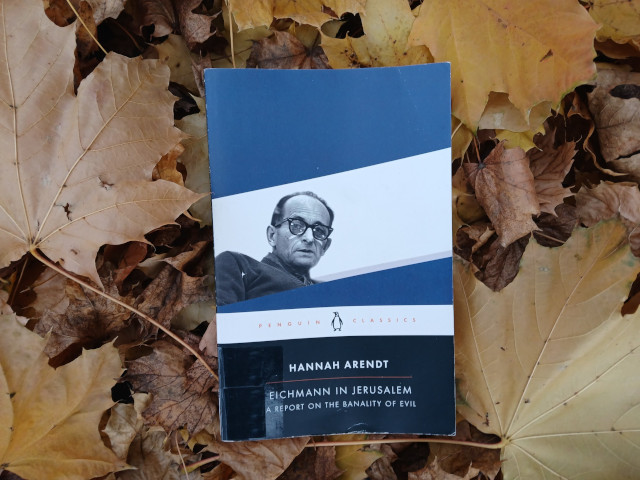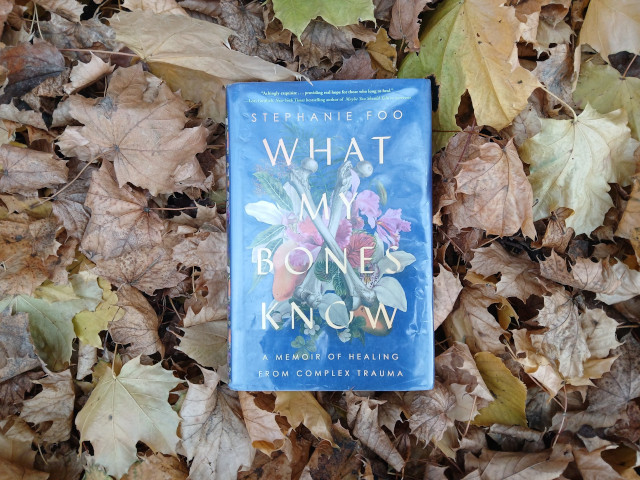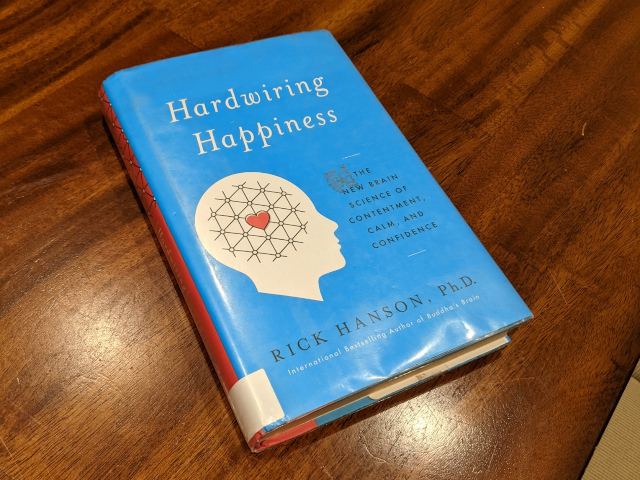Hello, fellow readers! My book choices this month have left me thoughtful and reflective. It will be a deep dive, as we consider the nature of evil, profound hurt, and whether it’s possible to heal. For instance, what makes someone evil? And if we have suffered under its harms, particularly for long periods of time, is it even possible to be happy and whole? Most importantly, can we avoid passing on our hurt to others as we seek to heal ourselves?
Let’s dive in! The first book I read this month is called Eichmann In Jerusalem by Hannah Arendt. Eichmann was a prominent Nazi in Germany during WWII. In particular, it was his job to handle “the Jewish problem”, by removing Jews of their German citizenship (and hence, their rights), forcing them to emigrate, and eventually, managing the trains by which Jews were removed from their homes and taken to concentration camps to be exterminated. This book is the story of his trial after he was abducted by Mossad agents and brought to Jerusalem.
Early on in the trial, it was established that the idea of the killing the Jews – The Final Solution – was not his. He was merely following orders. The trial, and the book, explores Eichmann’s culpability. Is it possible he didn’t understand what he was doing? That he was killing people? Well, it turns out he knew, but didn’t realize it was wrong. How could he not know this was wrong? Well, people far more educated and important than him had assured him that this was the “moral” thing to do. ‘Scientific’ thinking in Germany at the time had declared Jews (and gypsies, and Slovaks, and the disabled and the mentally weak) were genetically inferior. Therefore, for the sake of the human species, and the German Volk in particular, they were better off gone.
But then, he also went along with Hitler’s orders because he didn’t want to face the consequences of disobeying. And it certainly didn’t hurt that his obedience greatly furthered his career – 3 promotions in only 18 months! Eichmann was granted upward mobility and greater social respect by following Hitler’s orders without question. As an uneducated, blue collar worker, he succeeded beyond his wildest dreams when he became a part of the Nazi machinery. Who among us could resist that heady mix of power, esteem and respect? Who among us does not wish to belong? In a society where people like Hitler are revered, thoughtlessness and casual cruelty are an asset. So, was Eichmann at fault? Or was it the entire country who validated Hitler’s ideas by electing him in the first place?
Hannah Arendt, the author of this book, is the person who coined the term “the banality of evil”, for in Eichmann, we see a man eerily like ourselves. He wanted to be promoted, so he did his job well. He had no particular antipathy towards the Jews (in fact, some of his good friends were Jews); it was just a job that needed to be done and he happened to be the cog in the wheel that smoothed that path. During the trial, it became clear that he could never have lead, conceived, nor implemented such a complex solution on his own. So how evil was he exactly? And how should he be punished? (Spoiler alert: he was hanged).
We come to the ineluctable conclusion that ‘evil’ can be perpetrated very simply. For, it is nothing more than a lack of thought or consideration. A lack of empathy. How often have any of us hurt someone without thought? I know I have. In the moment, usually under stress, I just didn’t consider how someone else was being impacted because I was more concerned with myself. I didn’t learn of their pain until much later. By then, much harm had been done. Was that evil?
Yes, I know, Eichmann’s life presents us with a much more extreme situation. People weren’t just hurt. They suffered and died. Horribly. I’d like to think that if I had found myself in his exact position, I would have made a different choice. But Stanley Milgram’s electric shock experiments from the 1960’s definitely cloud things. The results of these experiments showed that the vast majority of us are disturbingly obedient to authority, even when we know someone is being hurt. (Look them up if you haven’t read about them yet. They’re fascinating – along with Zimbardo’s famous Stanford prison experiments). Arendt’s book leaves you with the thought that empathy is everything. Without it, we’re just animals. The most cruel and heinous actions can be perpetrated, and justified, whenever we fail to show it.
In last week’s blog, I already mentioned my second book this month. It’s called What My Bones Know by Stephanie Foo, and it’s the story of her journey from a scarred, traumatized child, to a healing, more self-aware adult. Her mother abused her as a child, and her father neglected and then later abandoned her. As many Asians do, she succeeded spectacularly despite this harrowing past, but not without hurting many people along the way.
This book is the story of how she tried to heal herself, and resolve generations of family trauma, through conventional talk therapy, EDMR, restorative yoga, meditation, IFS, and the help and support of friends. She tried everything. ‘Hurt people hurt people’ was her mantra. She just wanted to stop all the hurting. I can’t recommend this book highly enough, particularly for those who are also struggling to recover from difficult pasts. Her perseverance and determination to improve herself, despite the odds, is incredibly inspiring.
Finally, I rounded out the month with another tremendously helpful book, Hardwiring Happiness by Rick Hanson. Hanson is a psychologist, and I’ve read a couple of his books, and also attended some of his free Wednesday night talks. He never fails to show kindness and compassion through both his words and his writing. The concept of Hardwiring Happiness is pretty simple: as Hanson says, “our brains are velcro for difficult experiences, and Teflon for good ones”, meaning that we tend to hold on to our negative experiences much more tightly than the positive ones, which causes us no end of emotional problems.
From an evolutionary perspective, this makes sense. We need to know where the dangers are if we want to survive. No doubt, this tendency to place more emphasis on negative experiences than positive ones helped humans to band together, avoid death, and thrive. But in our modern lives, holding on to these negative experiences long after their usefulness has only made us more anxious and depressed.
Hanson reminds us that our brains have plasticity – meaning they can grow and change under the right influences. We aren’t static. We have choice, and we can use that choice to ‘hardwire’ our happiness by remembering our positive experiences, savouring them, and then blending them in with all of our negative experiences to create a more complete picture of our lives. We tend to forget that, mixed in with our faults and failings, each of us also has many good traits, good times, and happy memories. Times when we felt safe, and loved, and connected. We just need to remember them, and emphasize them instead of only remembering the negative ones.
I did all the exercises at the back of the book, and found them really helpful. The concept of Hardwiring Happiness is pretty simple, and the book can get repetitive – the whole idea can be summarized in a paragraph! But the implications of the practice are profound. I really believe that these exercises can help a lot of people who struggle with depression, low self-esteem, anxiety, hopelessness, and feelings of loneliness. You just have to be consistent with it.
So, there you have it! The books I read this month. I hope you didn’t mind the deep dive today. I really enjoy complexity, and books that give me food for thought. Until next month, keep reading. 🙂
About the Author: Rebecca Wong has a BA in English Literature from the University of Waterloo and has been working in the herbal business since 2000. She studied at the Ontario College of Traditional Chinese Medicine under respected authorities Paul Des Rosiers and Vu Le, and graduated from the East West School of Planetary Herbology under Michael Tierra. She received training as a yoga teacher at The Branches in Kitchener/Waterloo, and therapeutic yoga teacher training from the School for Somatic Soulwork under Deniz Aydoslu. She now teaches yoga for anxiety, depression and burnout at Rebecca's Restful Yoga Studio in Toronto.



